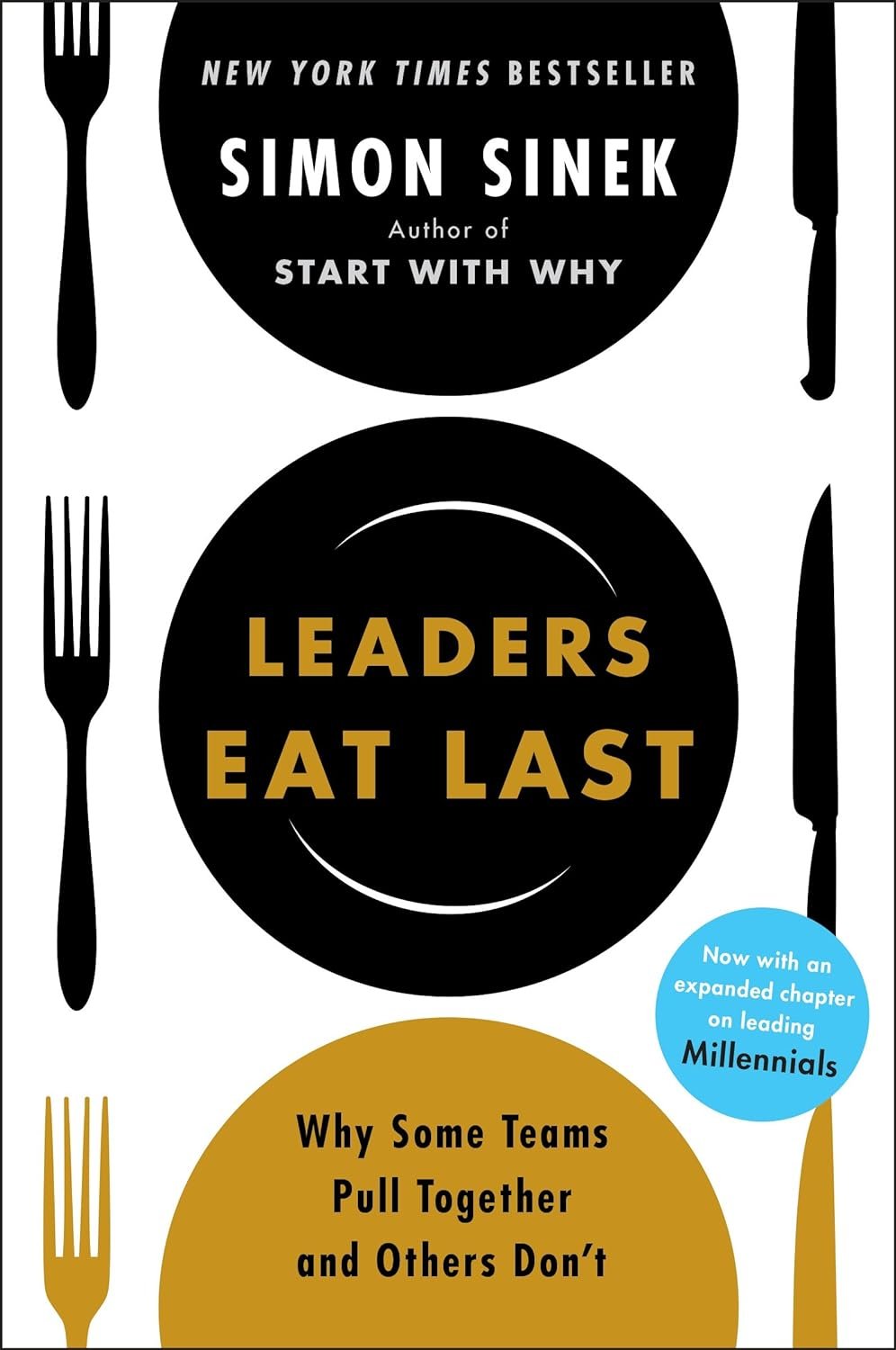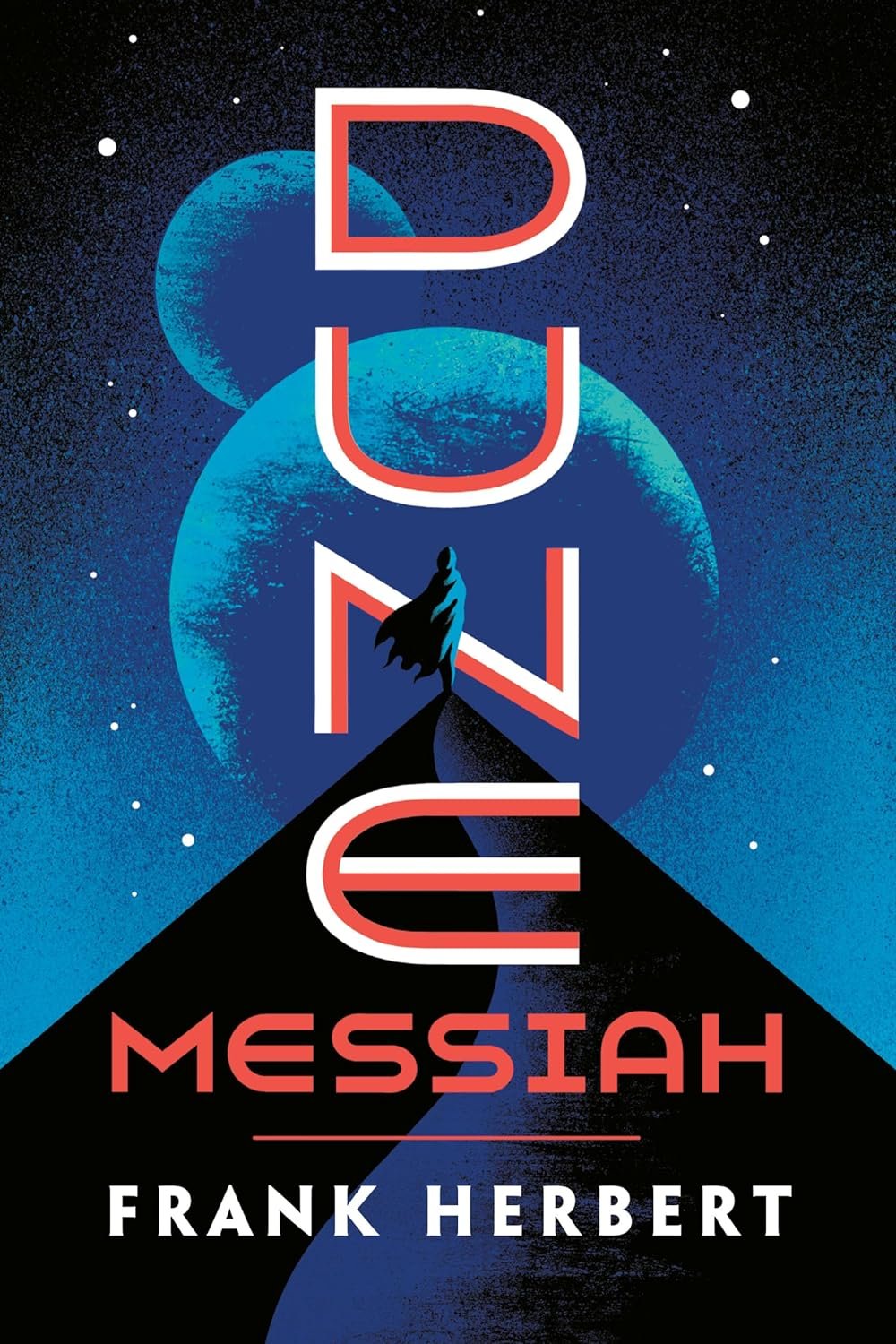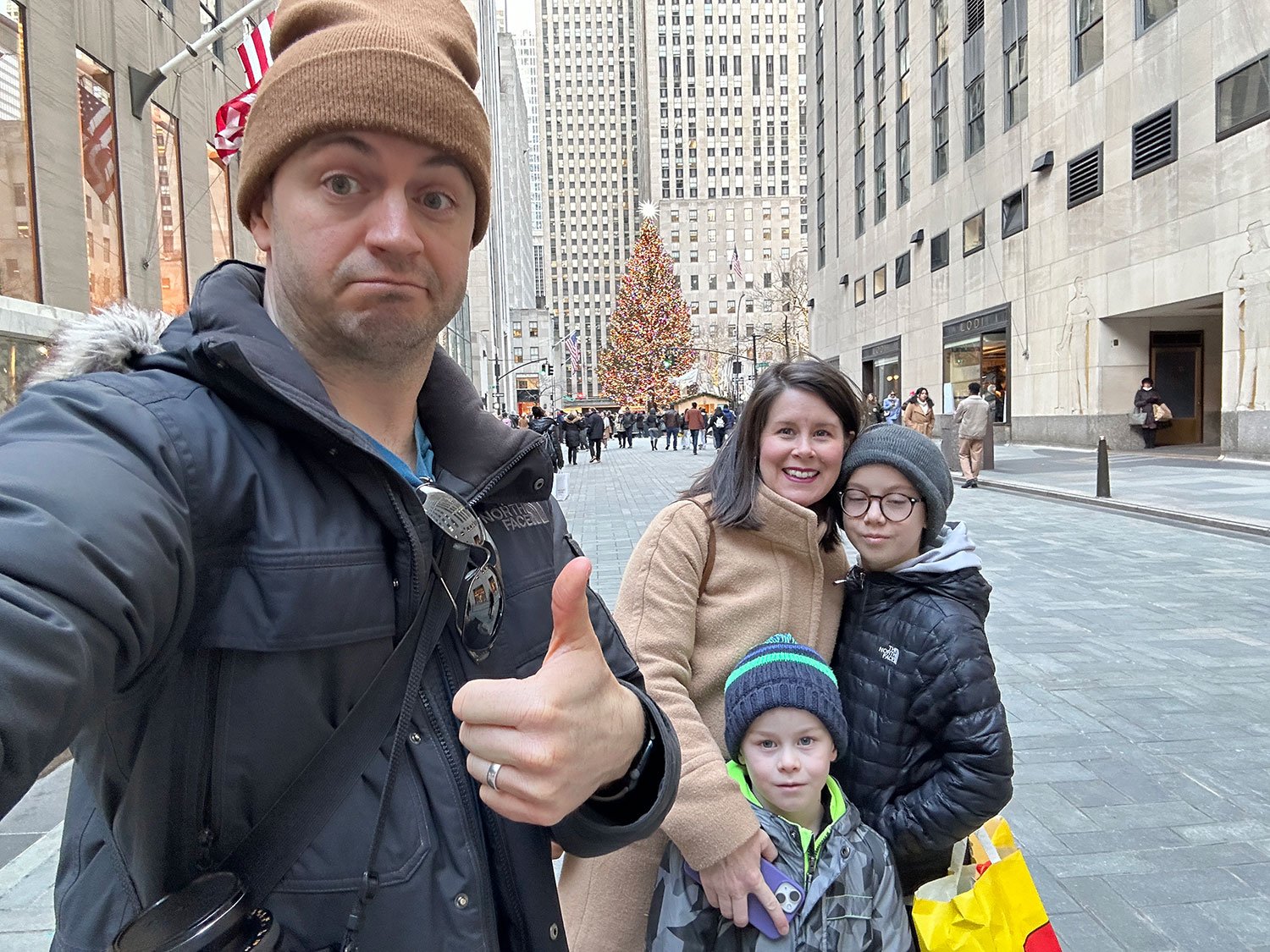At the moment my default in shooting black and white (B&W) film is pushing what's typically a 400 ISO film two stops to 1600. Even when I'm shooting outside with plenty of light to justify the 400 box speed, I still push that emulsion-coated plastic those two stops. That extra sensitivity keeps me from shooting wide open on my Mamyia RB67 and instead lets me stay closer to the faster end of my shutter speeds – 250 & 400 – as well as having a deeper depth of field. There's also the ongoing fantasy that my family and I still live in Brooklyn and those grungy and grainy Lower East Side photos I'm pretending to make are just a short train ride away.
This past Friday afternoon I headed out to the OKC Fairgrounds to try and make something. There's seemingly always an event happening out there, and this past week started the 2024 Oklahoma Youth Expo (OYE). According to their website, the OYE is the "World's Largest Youth Livestock Show." Something like 7,000 4-H and FFA members and their 13,000 head of cattle, sheep, pigs, and goats. Pro-tip: The pig barn smells the worst.
The exhibition barns are ginormous, but the lighting always sucks. There are all kinds of weird light fixtures to try and match, so this made for an easy choice to use Kodak's Tri-X B&W film. It's also weirdly dark, so a great excuse to push that 400 box speed film much more than I would normally.
Try as I might, I couldn't find much of a consensus regarding the developing time for pushing Tri-X 400 three stops to 3200. It's also surprisingly difficult to keep my developing chemistry at the recommended 68° F considering the temperature of my house, so I've always developed my B&W film at 75° F via a Sous Vide machine.
Massive Dev Chart has been my go-to for quite a while, but seemed like it contradicted itself with its push processing. On one page they mention an 11-minute development time to push Tri-X to 3200 using D-76 at 68°, but then elsewhere they elude to a 27-minute development time. Then I found a somewhat official-looking PDF at what looks like a Kodak website laying out yet another approach to developing Tri-X film. They break down the development time according to temperature and push processing, but they were nowhere near the same development times I'd gotten used to over at Massive Dev Chart.
That's when I built out a spreadsheet – shocker – based on Massive Dev Chart's figures and their standard developer push processing compensation advice: +1 stop = x1.5; +2 stops = x2.25; +3 stops = x4.5. That ended up being 20.5 minutes in a stock D-76 solution while agitating the film development tank every 30 seconds to push my Tri-X 3 stops; essentially almost an entire episode of Rick and Morty per roll.
In the end, I decided none of us know what we're doing and we're simply making this nonsense up as we go. Next time I might use that official-looking PDF from Kodak. Still, I ended up with a handful of photos I dug from those two rolls of B&W film. Surely they'd most likely been better used by someone who knew what they were doing and saved me $20 plus the developing gear and chemistry used. If nothing else, I can use the "it's a vibe" phrase with the nonsense I made.














































